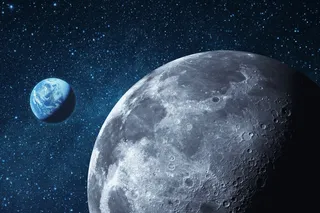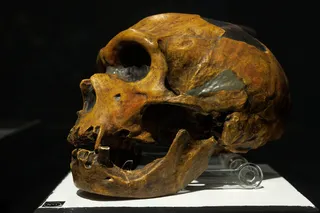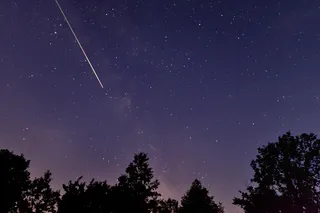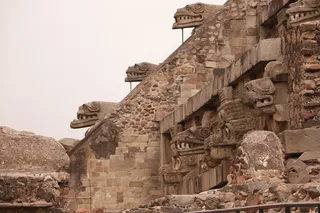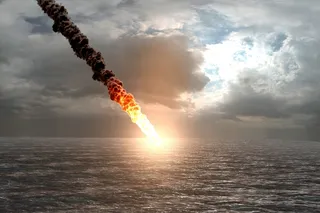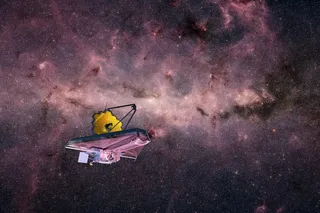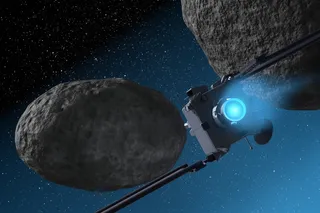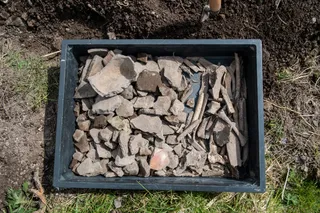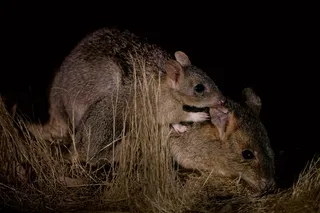This is a guest post by Laurel Bacque, composed live with the help of fellow attendees of the National Science Foundation’s “Science: Becoming the Messenger” workshop as part of this previously announced competition. This post is based on research from the IceCube Neutrino Observatory, an international collaboration funded by the National Science Foundation.
Deep in the ice of the South Pole, researchers are studying mysterious particles from the edges of the universe. Trillions of these particles, called neutrinos, stream through your body every second, but little is known about them. A better understanding of high-energy neutrinos could give astrophysicists new insights into the fundamental workings of the universe.
To help detect these invisible, nearly mass-less particles, researchers are building the IceCube detector at the South Pole, using an enhanced hot water drill to penetrate the ice to a depth of nearly two miles. There, sensors are deployed to record neutrino ...


